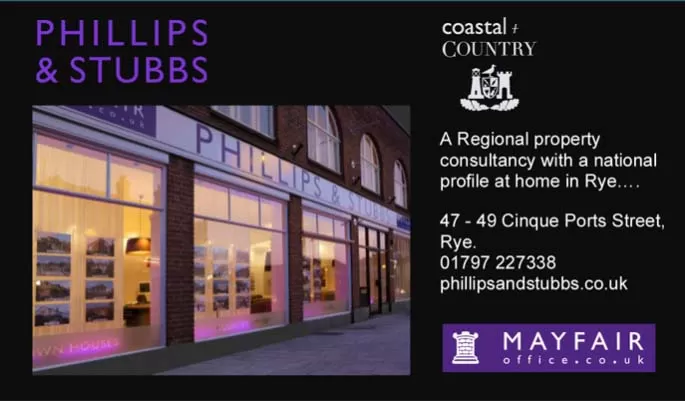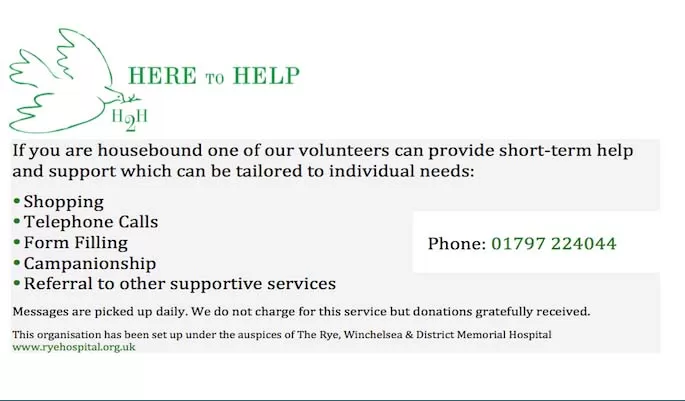
About Playden
The area has a remarkable history, the earliest settlement can be traced back some 4,000 years. Excavations prove Playden was far more extensive than it appears at present. Roman artefacts have been discovered and it has been postulated that Playden was once under Roman occupation. Our entry in the Domesday Book refers to the village as Pleidena.
The sea is now about two miles away, but it once lapped at the foot of the cliffs along the Military Road. In those early times the main occupation in Playden was fishing; the fish were salted at the end of Saltcote Street, which is now known as New England Lane. During the 1400s the Rye fishermen considered Saltcote and the Playden fish market as a threat to their income, but as the sea receded, the local industry faded.
From around 1200 there was a hospital, built in honour of St. Bartholomew; it was governed by the abbey of Westminster. The present cottage hospital has a permanent exhibition of many artefacts excavated from the time.
The Grade I listed St Michael's Church is just off the main road on Playden height. Standing on the site of a wooden Saxon church, its tower and lofty wooden-shingled spire can be seen from afar and was once a famous landmark for those at sea. Built around 1190, the church has Norman fragments and stands much as it did in the Middle Ages. On the floor of the north aisle is a highly regarded carved black stone slab commemorating Cornelis Roetmans, a Flemish brewer who was buried here in 1530. Also in the church is a massive wooden ladder that leads up to the belfry; that has been dated from 1686.
In 1703 a deed was established to afford The Butt Field to the people of Playden in antiquity for archery practice, recreation and sport.
The area has always played its part in protecting the nation. The Royal Military Canal was constructed as a defence against the possible invasion of England during the Napoleonic Wars. 28 miles in length, the canal passes through Playden along the old cliff line.
Saltcote Place is the most imposing residential building in the parish. Standing high on the edge of the old cliffs, it was built by the famous cognac family as a wedding gift for Captain AAR Hennessy and his bride. It left private hands in 1920 and has since been home to schools, a nursing home and during the Second World War was used by the Military as Southern Command HQ. For that reason its boundary was laid with ‘dragons teeth’ tank traps, which still remain to this day. They were installed to disrupt any German attack on the building. Saltcote Place came back into private ownership in 2003.
The new hospital and medical centre is thought to be on the site of the old St Bartholemews - on the western side of the A268 in the area now known as Rye Foreign.
The parish is set within the protected High Weald Area of Outstanding Natural Beauty.
Present day Playden encompasses Houghton Green Cliff, a site of special scientific interest (SSSI) within the High Weald Area of Outstanding Natural Beauty. The village attracts those who relish the peace of rural living among traditional fruit farms and overlooking the sweeping landscape - which makes perfect grazing for the Romney Marsh sheep.











